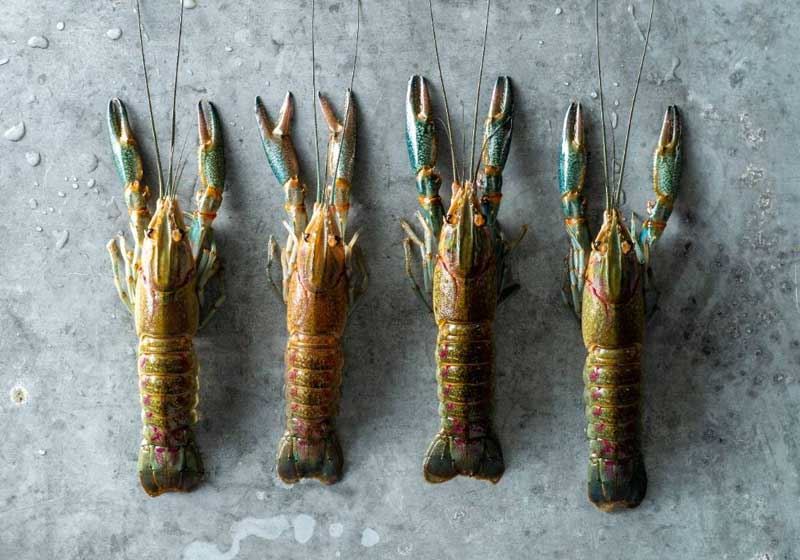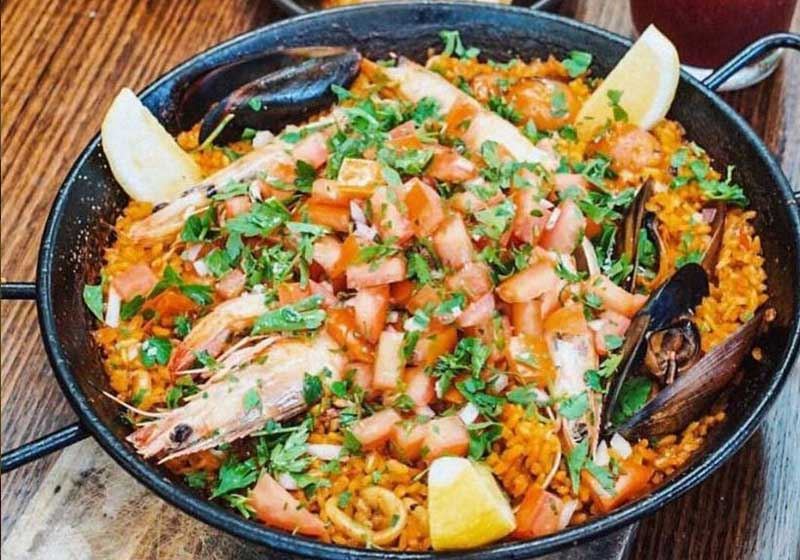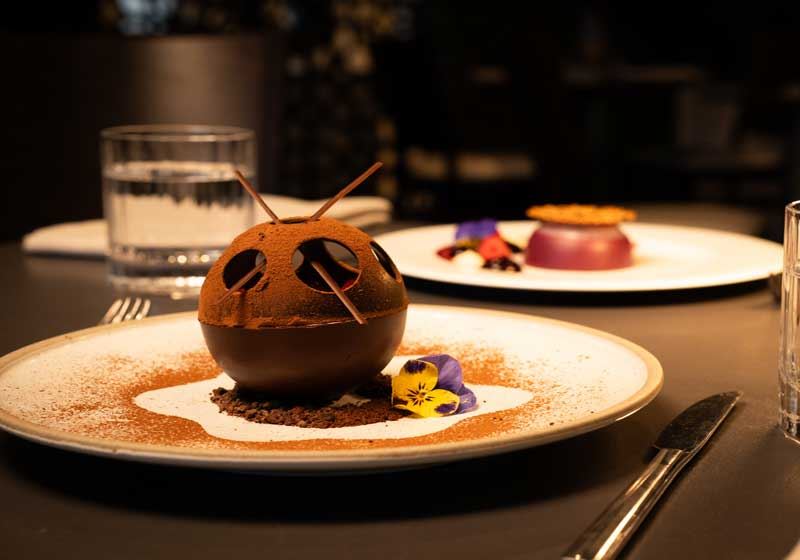By Marie-Antoinette Issa.
There is something irresistible about a bustling seafood market. The tang of the ocean in the air, the glint of fresh fish on ice, the rhythmic chatter of vendors calling out their catches and the occasional splash of seawater as crates are moved.
For the gourmet traveller, seafood markets are more than shopping destinations; they are immersive experiences that connect you to the local soul, the season and the story behind every shellfish.
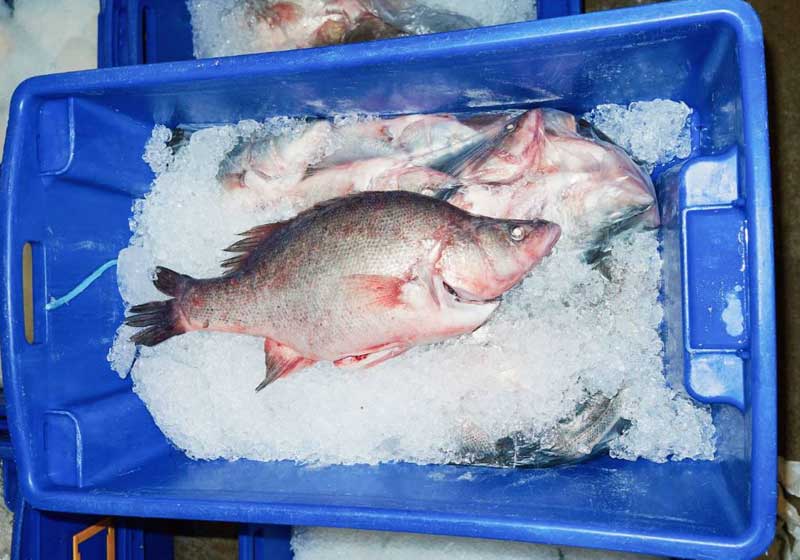
Close to home, the Sydney Fish Market offers one of the best fresh seafood experiences in the world. Stretching along Blackwattle Bay, it is the largest working seafood market in the Southern Hemisphere. On any given morning, visitors can watch fishmongers expertly fillet snapper and barramundi, while the air hums with the chatter of buyers and the calls of seagulls overhead.
On peak days such as Good Friday, the market is alive with a marathon of activity, as families, Chefs and locals descend early to secure the freshest seafood for Easter feasts. During Christmas, the market becomes a hive of festive preparation, with shoppers hunting for prawns, oysters, lobsters and kingfish to craft celebratory spreads that grace holiday tables across the city.
Beyond the stalls, casual eateries serve everything from freshly shucked oysters to tempura prawns, allowing visitors to taste the sea moments after it has been caught. With the newly renovated market slated to open early next year, featuring modernised stalls, expanded dining options and a more immersive visitor experience, Sydney’s seafood destination is set to become even more spectacular, further solidifying its reputation as a must-visit for any gourmet traveller.

In Europe, seafood markets blend history with a sense of theatre. In Barcelona, La Boqueria is a sensory feast, where bright red prawns nestle next to glistening cuttlefish and barrels of salted cod sit beside colourful fruits and vegetables.
The market is as much about spectacle as it is about sustenance. Vendors beckon with lively shouts and the rhythm of knives slicing, scales scraping and ice cracking is hypnotic. A small tapas bar within the market serves bomba de camarones and grilled sardines, each dish tasting like the Mediterranean sunshine and sea combined.
Heading north to Reykjavik, Iceland’s seafood market - Fiskmarkauur Islands (FMIS) - is an entirely different kind of wonder. Here, the cold Atlantic breeze keeps every catch pristine. Fresh langoustine, Arctic char and cod glisten on beds of ice, while smoked fish and dried shark hang in rustic displays.
The market offers the chance to sample Icelandic delicacies on the spot, from fish soup enriched with cream and herbs to tiny plates of pickled herring. The stark beauty of the market reflects the rugged landscapes outside, making each tasting feel elemental and pure.

In Tokyo, Tsukiji Market is a pilgrimage for seafood lovers. Long before sunrise, Chefs and locals line the narrow aisles, examining slabs of tuna so perfect they almost seem to glow. The early morning auction is an energetic spectacle, with gavel strikes and quick calculations marking the start of a new day.
Walking through the market, the smell of steamed rice mingles with the briny scent of sea urchin and fresh scallops. Sushi bars tucked into the corners serve omakase breakfasts where each bite is a testament to freshness, skill and tradition. Here, the journey from tide to table is immediate, intimate and unforgettable.
Similarly, in Southeast Asia, seafood markets are a riot of colours, scents and textures. In Bangkok, the Khlong Toei Market pulses with life. Crates of live prawns, crabs and freshwater fish line the aisles, while vendors balance skill and speed, gutting, scaling and wrapping seafood in seconds.
The sounds of sizzling woks and boiling pots drift in from neighbouring stalls, hinting at the incredible street food just moments away. The market is chaotic, fragrant and exhilarating, reminding travellers that seafood here is vibrant, fresh and unapologetically bold.

For an even more interactive experience, check out some of the floating fish markets in Vietnam’s Ha Long Bay, where vendors expertly row between boats, selling glistening catches straight from the water and offering visitors a taste of seafood at its freshest, often cooked right on the boat.
Finally, in the Americas, seafood markets are equally immersive. In Boston, the historic Quincy Market preserves the charm of New England, with rows of clams, lobsters and scallops displayed over ice. Visitors watch lobstermen crack shells and prepare chowder right before their eyes.
On the Pacific coast in Lima, Peru’s Mercado de Surquillo offers ceviche so fresh that the tang of lime, chilli and coriander pops with every bite.
The market is a crossroads of tradition, local produce and coastal bounty, where every visit feels like stepping into a living cookbook.
For the gourmet traveller, visiting a seafood market is an education in freshness, seasonality and local flavour. It is an opportunity to connect directly with the people who catch and prepare the ocean’s treasures, to watch the rituals of selection, negotiation and cooking, and to taste seafood in its most immediate, unadulterated form.
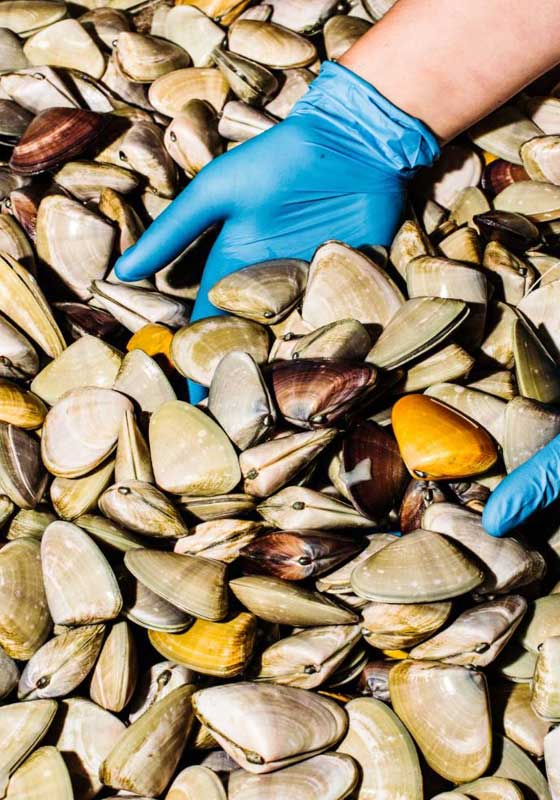
From Tokyo to Sydney, Barcelona to Reykjavik, Bangkok to Lima, each market tells a story of place, culture and ocean bounty, inviting travellers to experience seafood not as a commodity but as a celebration.
